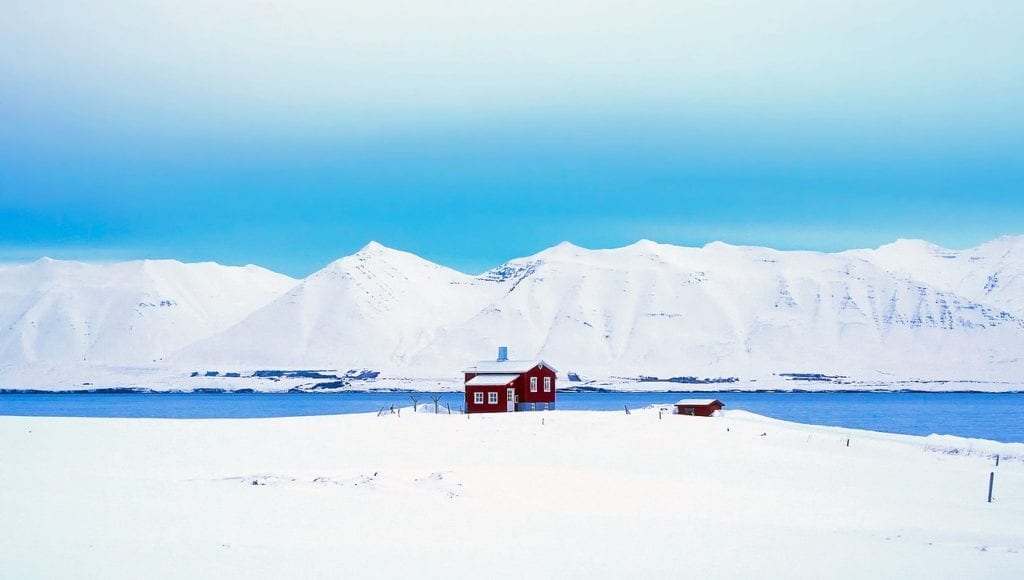A recent genetic study of early settlers in Iceland is hoped to shed light on certain genetic diseases, as well as the history of the population. The original articles can be found here, at EurekAlert, and here, at Science Mag.
Iceland’s History
Most historians think that Iceland was settled between 870 and 930 C.E. by Vikings and their slaves, who came over by sea. These people would have been genetically linked to Norway and the British Isles. Since then, the population is believed to have stayed quite small for a long time, at around ten thousand to fifty thousand people, before growing to the current population level of 330,000.
This history makes Iceland an interesting place to study for geneticists, who can use the fairly isolated population to research the links between gene variants and traits.
The Recent Study
Researchers from the University of Iceland and deCODE Genetics analysed the entire genome of twenty-seven Icelanders, who have been radiocarbon dated to around 1,000 years ago, just after the initial settlement. The genetic sequencing was taken from skeletal remains at archaeological burial sites in Iceland.
The Results
The sequenced genomes showed that the settler’s ancestry was around half Norse (Norway, Sweden) and half Gaelic (Ireland, Scotland). This is a significantly higher proportion of Gaelic ancestry than modern Icelanders, who tend to have about 70% Norse ancestry and a smaller proportion of Gaelic.
Computer modelling suggested that the cause of this shift could be genetic drift, which is when certain genes become more or less common due to chance. Genetic drift can be particularly strong in small populations, such as Iceland’s. However, other explanations have also been suggested. More recent migrations from countries such as Denmark might have had an effect on the modern population’s genetics. The study also only studied a small sample of twenty-seven people – it could be that enslaved Gaelic people, who were less likely to have been buried in elaborate graves, weren’t properly represented in the study.
Another explanation, supported by evidence from genealogical records from deCODE Genetics, is that settlers with Norse ancestry had more children than those with Gaelic ancestry. This would likely have occurred if there were more Norse men, and fewer Gaelic men, in the settler populations. If the Norse did have more children this would mean that more of their genes would have been present in the next generation, contributing to the change in the genetic balance that is present now.
The Medical Implications
Scientists say that Iceland is small enough to study the population’s genetic history and large enough for many diseases in Europe to be represented. This means that the history of certain conditions could potentially be traced, or that patients from the past with particular diseases could be compared to the modern effects of the same disease. According to this PR Newswire article, deCode Genetics has already identified one ancestor with Klinefelter syndrome, which is when males have an added X chromosome. Information like this could help researchers to understand and treat diseases.







